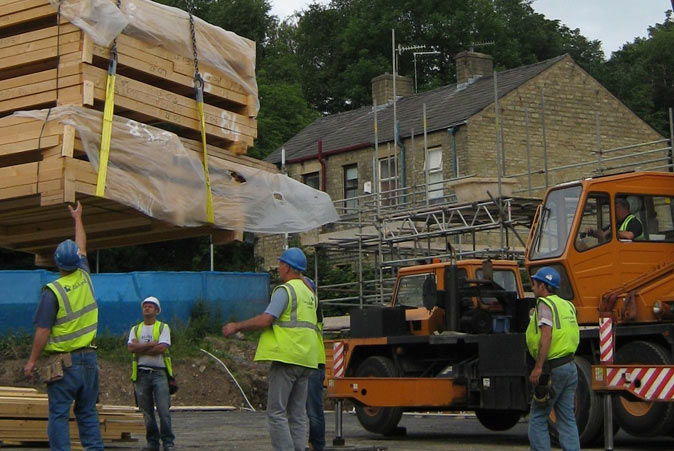Why Slinger Signaller Training Is Essential for Safe Lifting Operations
When it comes to lifting operations on construction sites, the role of a Slinger Signaller is absolutely vital. Often working in tandem with crane operators, slinger signallers are responsible for ensuring that loads are lifted, moved, and positioned safely and accurately. That’s why proper training isn’t just important — it’s a legal and safety requirement.
A Slinger Signaller training course equips delegates with the knowledge and skills needed to identify safe lifting practices, assess risks, and communicate clearly with crane operators. From choosing the right lifting accessories to directing operations using industry-recognised hand signals or radios, this role demands confidence, precision, and technical know-how.
The course typically covers:
Understanding lifting equipment and accessories
Interpreting lifting plans and risk assessments
Proper slinging techniques
Effective signalling methods
Health & safety legislation and best practices
Whether you’re new to the industry or refreshing your certification, completing a CPCS or NPORS-accredited course will not only boost your employability but also ensure that lifting operations are carried out without incident. Training often includes a mix of classroom learning and practical, hands-on assessment to fully prepare you for real-site scenarios.
At the end of the course, successful candidates receive a recognised card or certificate proving their competence — something employers actively look for.
If you’re working on or around lifting operations, investing in Slinger Signaller training is a smart move for your career and for site safety as a whole. It’s not just about ticking boxes; it’s about taking responsibility and being trusted to guide some of the most critical operations on-site.

